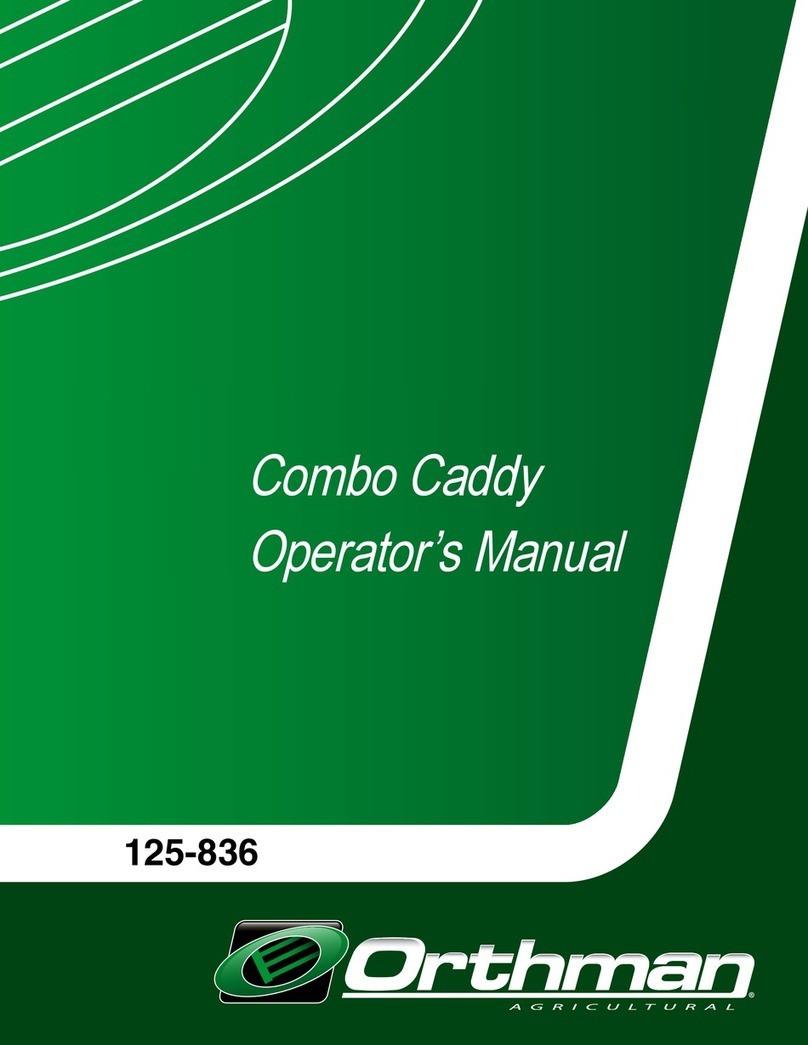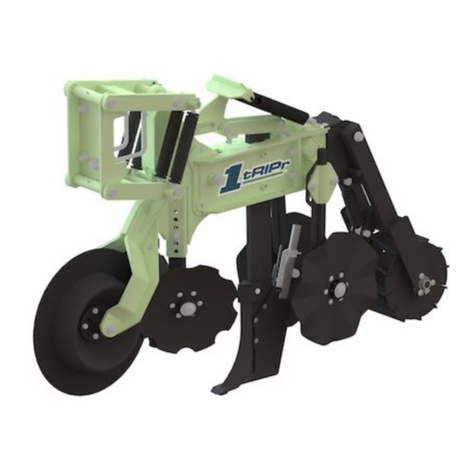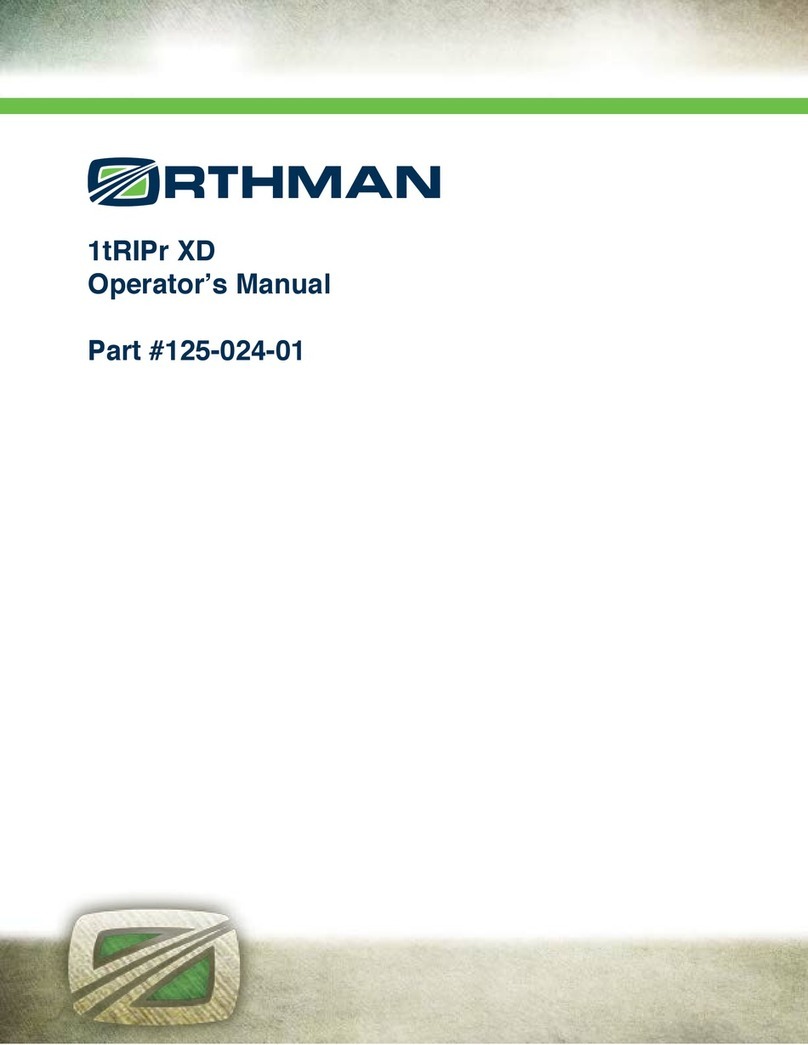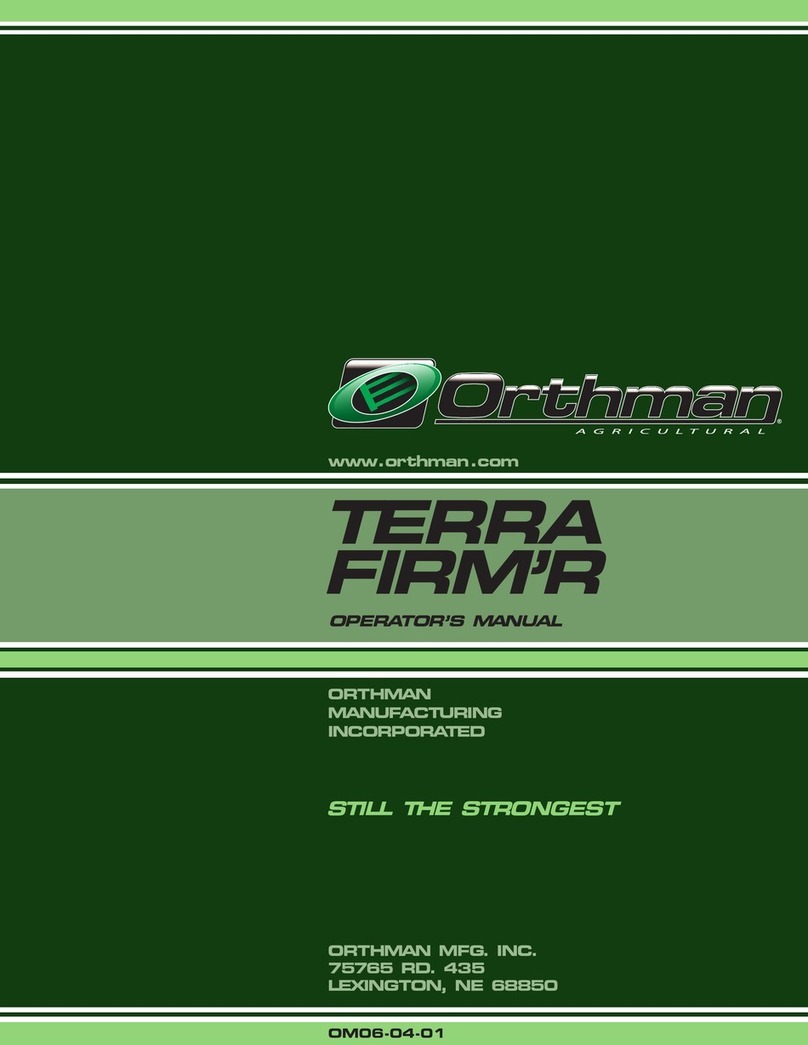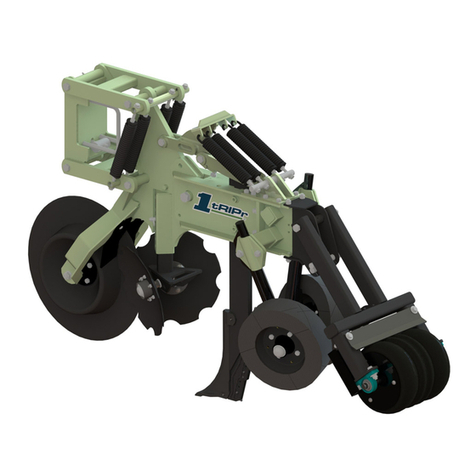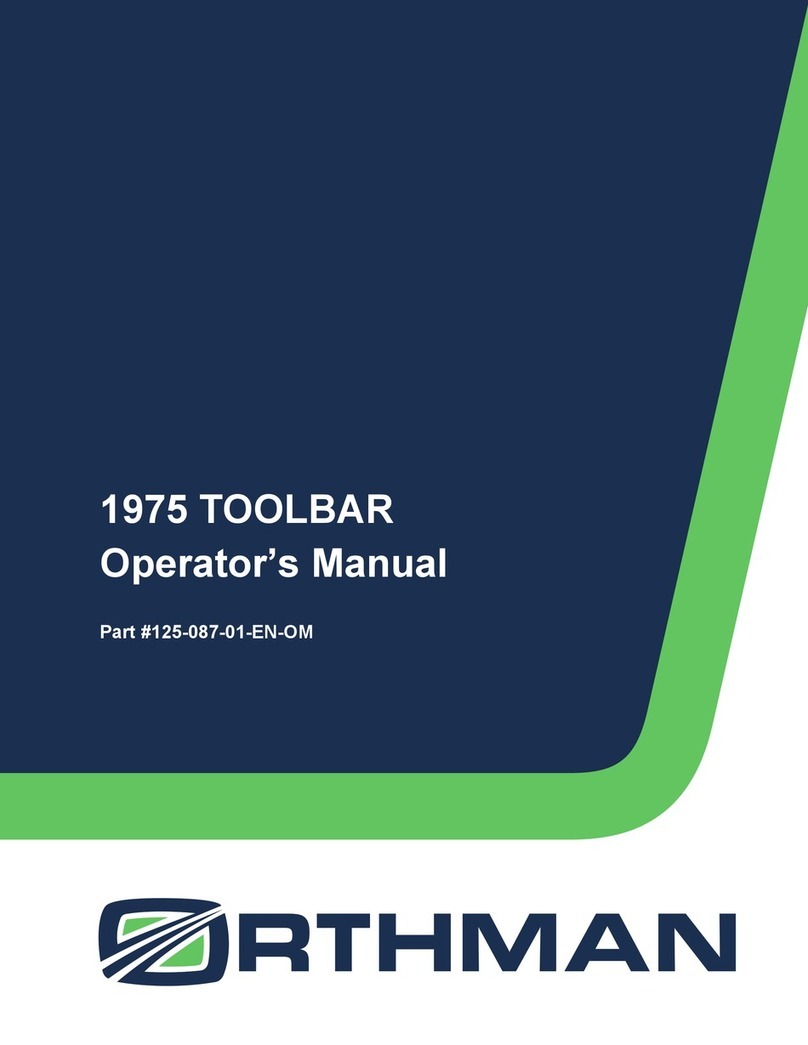
SAFETY INFORMATION
Farm Safety
Contraryto the popular image of fresh air andpeaceful surroundings, a farm is not a hazard-free work setting.
Everyyear, thousands of farm workers are injured andhundreds more die in farming accidents. According to the National Safety Council, agriculture is the
mosthazardous industry in the nation.
How You Can Improve Farm Safety
You can start by increasing your awareness of farming hazards and making a conscious effort to prepare for emergency situations including res, vehicle
accidents,electrical shocks from equipment and wires, and chemicalexposures. Be especially alert to hazards that may affect children and the elderly.
Minimizehazards by carefully selecting the products you buyto ensure that you provide good tools and equipment. Always use seat belts when operating
tractors,and establish and maintain good housekeeping practices. Hereare some other steps you can take to reduce illnesses and injuries on the farm:
•Read and follow instructions in equipment operator’s manualsand on product labels.
•Inspect equipment routinely for problems that may causeaccidents.
•Discuss safety hazards and emergency procedures with yourworkers.
•Install approved rollover protective structures, protective enclosures, orprotective frames on tractors.
•Make sure that guards on farm equipment arereplaced after maintenance.
•Review and follow instructions in material safety datasheets (MSDSs) and on labels that come with chemical products
and communicate information onthese hazards to your workers.
Health and Safety Hazards on Farms
Farmworkers including farm families and migrant workers areexposed to hazards such as the following:
Danger Potential Effect or Injury Prevention
Chemicals/Pes-
ticides
Skinand respiratory injury or death MSDS and proper Personal Protective Equipment. Review Manufacturersdata sheets
Cold Illness,Frostbite or death Dressproperly for the day.
Dust Respiratoryinjury or explosive combinations Be aware of your surroundings and activity
Electricity Shock, burns, re, death Use a qualied professional for wiring dangerous electrical devices. Never overload a circuit. Replace
damagedelectrical devices or cords. Electrical tape will not insulate you from injury.
Grainbins, Silos Entrapment, Suffocation, Explosion from formation of
dangerousgases and poisoning.
Makesure the bin is properly ventilated and maintained. Never walk the grain.
Handtools Injury including cuts abrasions, electrocution, strains,
sprainsand death
Makesure you hand tools are in good condition. Never leave a damaged toolingaccessible for someone
elseto use.
Highway trafc Collisionsresulting in injury or death Followregulations, stay alert. Avoid alcohol and use of communication devices while driving
Lifting& lifting
devices
Backinjury, sprains, strains. Falling material resulting
inbeing struck or crushed by heavy material
Useproper lifting technique. Get help when the load is too heavy. Inspect chains, strapsor cables routine-
lyto make sure they are in good condition.
Livestockhandling Serious injury or death resulting from being pinned
struckor trampled.
Alwaysmake sure you have adequate room and an escape route
Machinery/Equip-
ment
Cuts,abrasions, amputations, death. Thoroughlyread and understand your Owners Equipment Manual. Never operate the equipment without
guardsin place. Make sure the equipment can not be energized or otherwise putinto operation while you
areworking on it.
Manurepits Explosionfrom formation of dangerous gases. Suffo-
cation. Poisoning
Propermaintenance.
Mud Sprains,strains, entrapment and suffocation. Eye
injuryand skin irritation.
ProperPersonal Protective Equipment. In some conditions a “Spotter” may be needed.
Noise Hearingdamage PersonalProtective Equipment.
Ponds Drowning Weara life preserver and make sure help is readily available.
Slips/Trips/Falls Sprains,strains, back and neck injury, bone breaks
ordeath
Keepwork area free from clutter and organized. If working on anything elevated makesure you have
appropriateguarding and/or fall protection such as a harness and lanyard.
Sun/Heat Sunburn, Heat Stroke, shock, death Usecommon sense on excessively hot days, use sun screen, wear a hatand stay hydrated.
Toxicgases Skin and respiratory injury or death. Explosion. MSDSand proper Personal Protective Equipment. Review Manufacturers data sheets
Tractors Cuts,abrasions, amputations, death. Thoroughlyread and understand your Owners Equipment Manual. Never operate the equipment without
guardsin place. Anti-roll over devices.
Wells Electrocution,amputation, death Avoidcontact with water while working on an electrical device. Always be sure theequipment can/will not
beenergized during repair or maintenance. Make sure all guarding is in place.
SevereWeather Electrocution,“struck by” injuries, death Moveto a safe place. Lightening, hail and tornadoes are unpredictable.
Orthman Manufacturing, Inc. does not limit the potential effects or injuries nor prevention measures to those listed above. They are provided solely
as a guideline to making your farm life safer. Always consult your Owner/Operators Manual for specific tool and equipment safety requirements.
2-1






